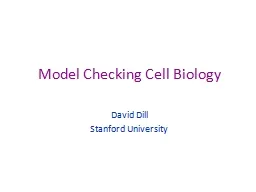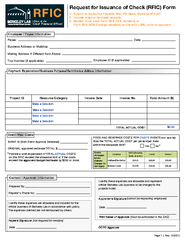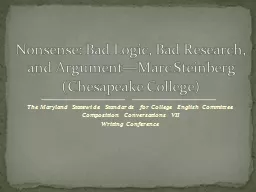PPT-Does bad logic make better cells?
Author : cheryl-pisano | Published Date : 2018-10-29
David Dill Department of Computer Science Stanford University 1 Outline Introduction and Background Timing Robustness Leaky Signals Conclusions 2 3 Potential of
Presentation Embed Code
Download Presentation
Download Presentation The PPT/PDF document "Does bad logic make better cells?" is the property of its rightful owner. Permission is granted to download and print the materials on this website for personal, non-commercial use only, and to display it on your personal computer provided you do not modify the materials and that you retain all copyright notices contained in the materials. By downloading content from our website, you accept the terms of this agreement.
Does bad logic make better cells?: Transcript
Download Rules Of Document
"Does bad logic make better cells?"The content belongs to its owner. You may download and print it for personal use, without modification, and keep all copyright notices. By downloading, you agree to these terms.
Related Documents














